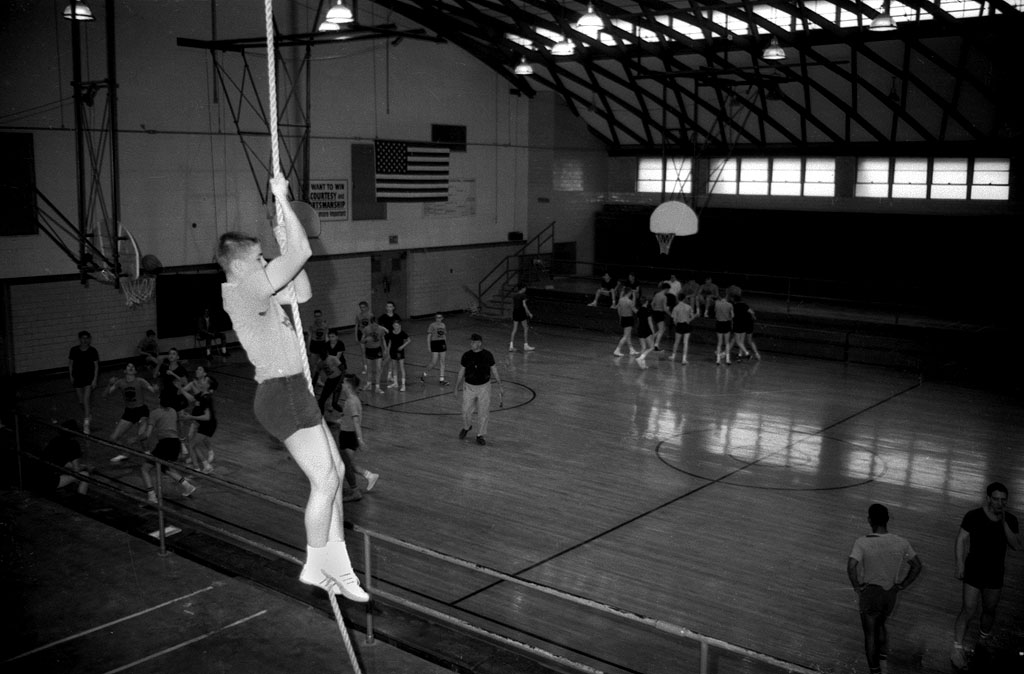WC '18 Contest 1 S3 - Reach for the Top
View as PDFWoburn Challenge 2018-19 Round 1 - Senior Division

It's time for Bob to face his biggest fear at H.S. High School: the
dreaded gym class rope climb. In this brutal test of strength and
endurance, Bob is tasked with ascending part of the way up an infinitely
long vertical rope. He begins by grabbing onto the bottom of the rope,
at a height of 0, and must reach any height of
or greater (measured in metres).
To make matters even worse than usual, Alice has pranked Bob by
spreading itching powder on some sections of the rope, which he'll need
to avoid along the way! She's done so for
sections, the
-th of which covers all heights from
to
, inclusive
. No two sections
overlap with one another, even at their endpoints.
Bob's rope-climbing style is… unusual, to say the least, which may come
in handy for avoiding Alice's itching powder. At any point, given that
he's currently holding onto the rope at some height , he may only
perform one of the following two possible actions:
- Jump upwards by a height of exactly
, such that his new height is
, but only if the rope is not covered in itching powder at height
.
- Drop downwards by any height, such that his new height is any
integer
, but only if the rope is not covered in itching powder at height
.
Both types of actions involved in this technique are understandably
quite tiring, so Bob would like to avoid performing more of them than
necessary. Help him determine the minimum number of actions he must
perform to reach a height of at least metres, or determine that it's
sadly impossible for him to ever reach such a height.
Subtasks
In test cases worth 8/27 of the points, and
.
In test cases worth another 12/27 of the points, .
Input Specification
The first line of input consists of three space-separated integers, ,
, and
.
lines follow, the
-th of which consists of two space-separated
integers,
and
, for
.
Output Specification
Output a single integer, either the minimum number of actions required
for Bob to reach a height of at least metres, or
-1 if it's
impossible for him to do so.
Sample Input 1
12 5 2
2 4
10 10Sample Output 1
5Sample Input 2
5 2 2
1 1
4 4Sample Output 2
-1Sample Explanation
In the first case, Bob can jump up to a height of , drop down to a
height of
, jump up to a height of
, jump up to a height of
, and
finally jump up to a height of
. This is the only strategy which
involves
actions, which is the minimum possible number of actions.
In the second case, Bob must start by jumping up to a height of . From
there, he may not jump upwards to a height of
(as the rope is covered
in itching powder there), and similarly may not drop down to a height of
, meaning that he can never grab the rope at any height aside from
or
.
Comments